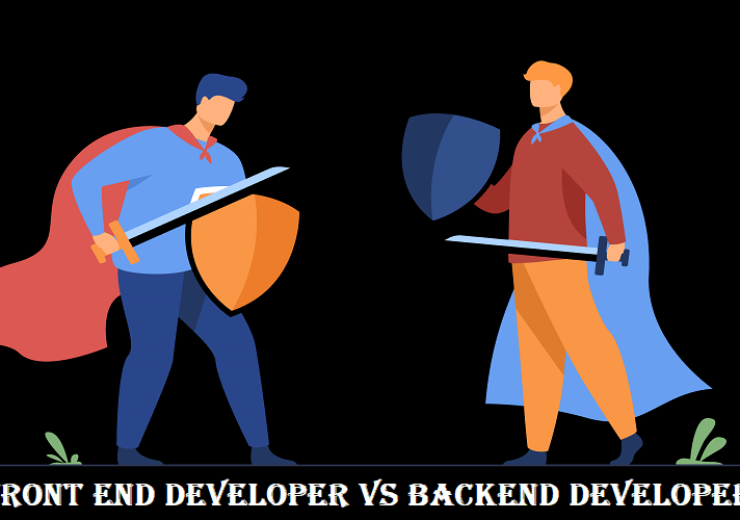Which Web Templates are Perfect For the Modern Internet World

We all want to start our website, many of them know how to code nowadays so that they directly dive into it and some of them have their budget plan for it so that they get the foremost effective developer for his or her or their website creation.
And many of them do not know how to code or even understand what to do with that, so they end up buying the best pre-designed web templates.
Even therein, there are static web templates and dynamic. Certain websites provide you with both kinds of website designs.
In this article, we are going to discuss what is the difference between both of them and why having a dynamic website is important or must say best practice in today’s time.
What are static and dynamic website templates?
A static website design consists of HTML files, each one representing a physical page of a website. So on static sites, each page may be a separate HTML file while you are visiting the homepage, you’re viewing the actual homepage HTML file.
Even if two pages contain a chunk of identical content (like a footer), they both contain two versions. So, if you’d prefer to update the footer, you wish to try to do so twice, once on each page.
This is fairly straightforward and it’s how all websites were built during the primary years of the world wide web.
A dynamic website uses server technologies to dynamically build a webpage right when a user visits the page.
What happens is that the user goes to a particular web address and also the server finds a bunch of assorted pieces of information that it writes into one cohesive website, which is what you see.
Now, we have seen what is the difference between static and dynamic web templates. Let’s see how dynamic web templates are beneficial.
Pros:
- Easy to update
- Flexibility in data
- Faster content management
- Multiple user access
Let’s see these points thoroughly.
Easy to update
As each element of the page is split into blocks and separated we’ve better code flow which makes it easy to make changes across the page.
For example, If you would like to create any change on one page, in one particular place then you simply should make the change over there. and it will update on other pages on its own.
On the other hand within the static design, to make any change you have to form changes in all pages one by one, which is difficult, time-consuming, and also winds up in errors which makes it tougher for anyone to rectify it.
Flexibility in data
The best part of getting a dynamic design is it gives flexibility to you, for creating any modification. We can store our content on the net site during a database which successively allows us to make changes easily and if you’ve got multiple websites and somehow there’s certain content you want on all of your sites it is often easily overlapped.
Because of databases, it becomes easy to categorize the content, find and even modify it. Which is impossible in static website design.
Faster content management
CMS or the content management system, any dynamic website having CMS makes it easy for any non-technical person to edit or even put new content without having any prior knowledge of HTML.
That person should input the content and thus the CMS, and thus the dynamic website design will put the content at the right place on the website.
But during a static website, the person must know HTML or must hire someone who does. Complete waste of some time and resources.
Multiple User Access
One of the benefits of dynamic websites is that you just simply can have multiple users for one particular website, who can do their part of the job without causing chaos to other people’s code or implementation.
As we have seen the benefits of dynamic website design, let’s take a variety of the downfalls of it.
Cons:
- Having a dynamic website design is also costly.
- It takes much longer to code than static design.
- As a CMS makes it easy to make changes but it is also necessary to understand CMS to work with it.
- Last but not least, if your website is solely having one or two, three pages then you would like to escort the static design.
Conclusion
However, having a dynamic website design is dear or takes much time coding initially, it always pays off within the top.
So, before you select to move forward with an idea of what you want with the website you would like to choose which design is good for your niche.
And if you’d prefer to buy a pre-designed website then you need to select the foremost effective one which inserts the idea and implementation you’d like.
Either dynamic or static in both you’d prefer to possess certain knowledge to form changes. But dynamic will eventually facilitate your idea to have an honest user-friendly design.




